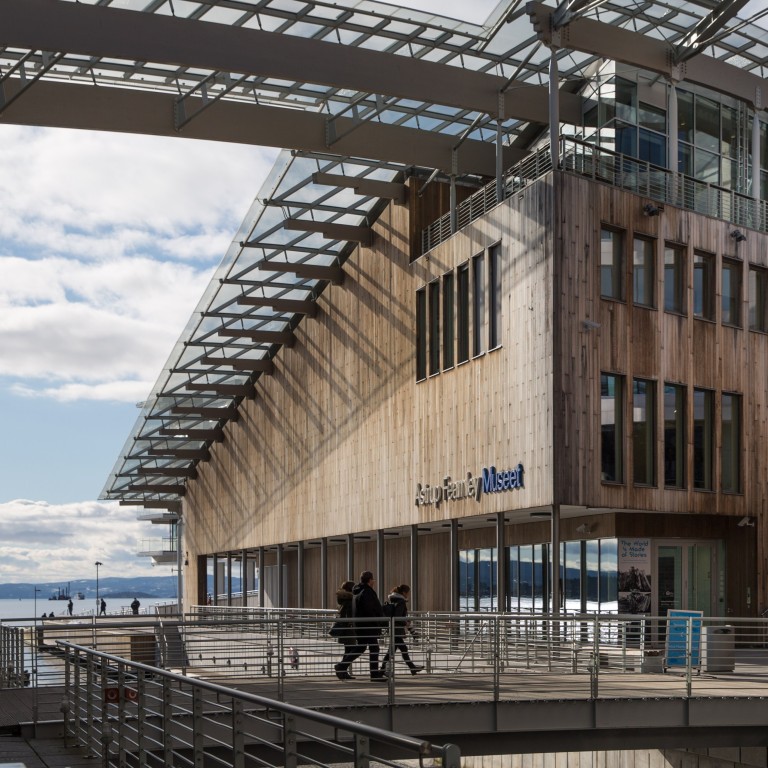
Edvard Munch’s The Scream times three, Andy Warhol, a library that serves cocktails – forget the fjords, Oslo in Norway plays the cultural tourism card
- Paris for romance, Amsterdam for its canals, Oslo for ... well, what? But wait, Norway’s capital is forging a new identity led by culture and architecture
- Its waterfront boasts a contemporary art museum, the new Munch Museum, an opera house whose roof you can walk over and the 2021 Public Library of the Year
Norwegian landscapes are sublime. Mirror-like fjords, romantic mountains, and craggy coastlines – all watched over by the shimmering dance of the Northern Lights – draw adventurous tourists and filmmakers alike, including those behind recent blockbuster Dune and the latest James Bond movie No Time to Die.
But what about tourists who prefer a more urban experience? Is it the country for them?
Norway is not in the top 50 tourist-drawing nations, ranking below Bulgaria and Belgium, and while it does have beautiful towns – Alesund’s art nouveau islands, Bergen and its Unesco-protected Hanseatic wharf and the moated fortress of Fredrikstad, to name three – the capital, Oslo, doesn’t stand out as a prime city destination.
Perhaps that is in part due to the high cost of food and drink compared with elsewhere in Europe, but it is also because, for many travellers, there is no singularly identifiable Oslo thing, like Paris’ romance, London’s urbanity or Amsterdam’s canals.
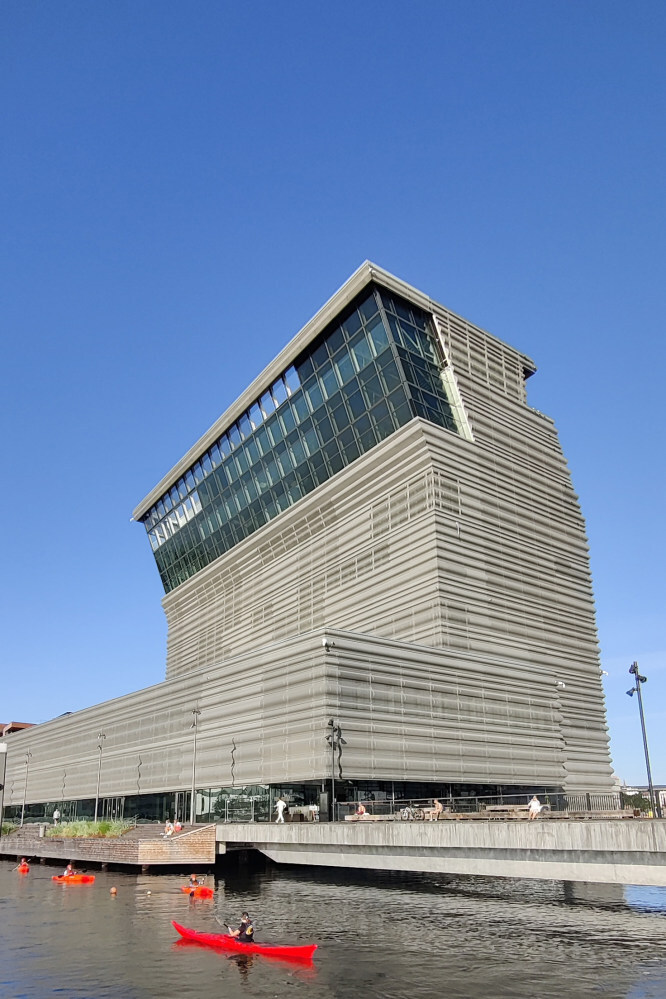
However, Oslo is forging a new identity, led by culture and the contemporary architecture along the city’s fjord-facing edge, creating a walkable waterfront with a range of museums, galleries and cultural moments.
To the west, the Astrup Fearnley Museum of Modern Art, designed by architect Renzo Piano, has perched on its peninsula since 2012, holding a growing collection of contemporary art by the likes of Cindy Sherman, Damien Hirst and Andy Warhol. Commercial galleries, cafes and restaurants fill the surrounding streets.
IE Tower a boon for neglected north Madrid and a potential tourist draw
Wrapping around it is the gargantuan National Museum, due to open in June 2022. It will hold more than 5,000 works from the 15th to 21st centuries, as well as host touring mega-exhibitions in a cavernous roof space.
Following the water’s edge, walk through the shadow of the City Hall’s brick modernism, skirting the castle and passing moored cruise ships, to the glacier-like Opera House, designed by local architects Snohetta. A busy programme of opera and ballet fills its various auditoria at a range of ticket prices, but outside is no less performative.
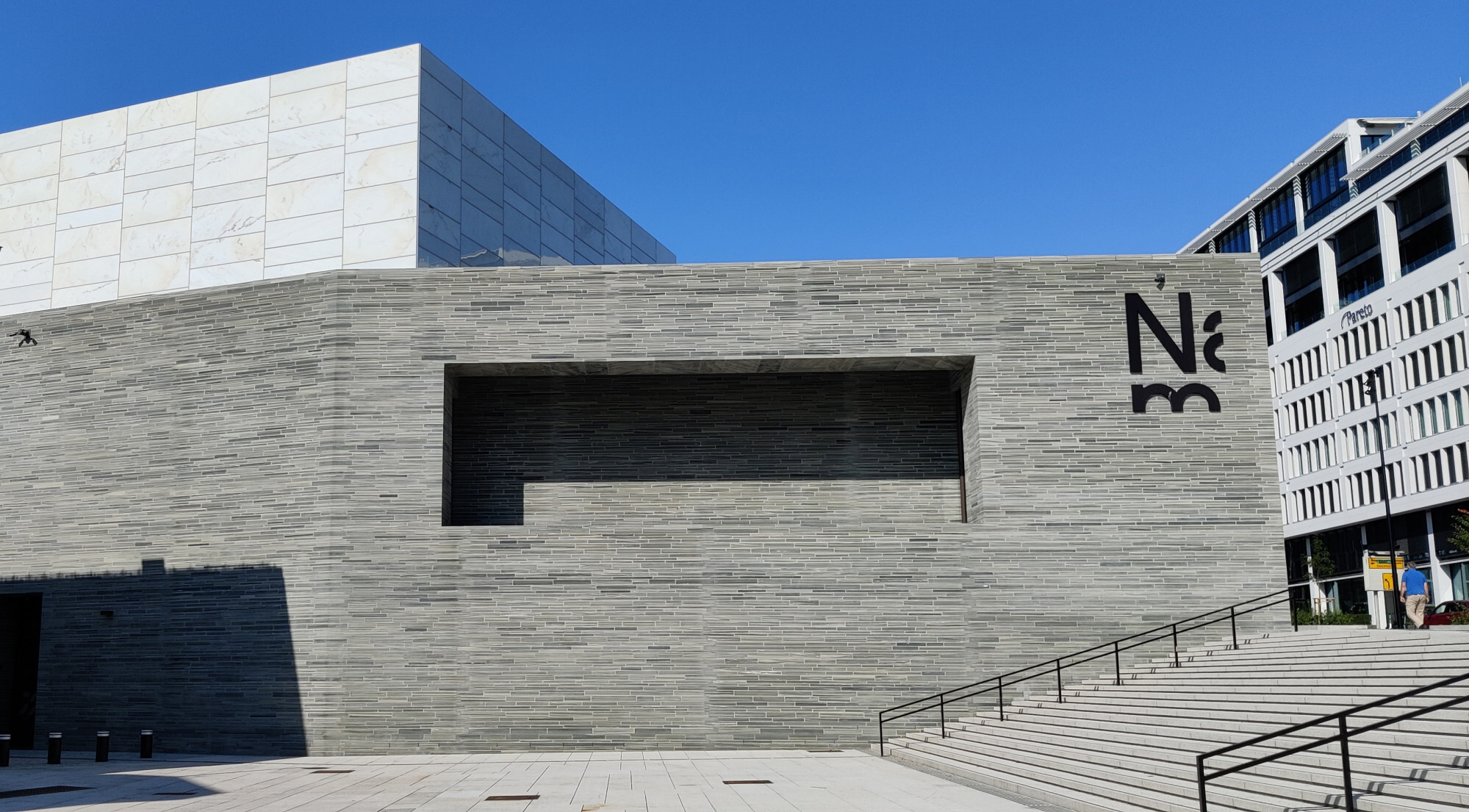
An inclined roof leads up from the water, inviting the public to climb freely over the building. When it opened in 2008, Oslovites were pleasantly surprised by the expansive urban views, and it has been an iconic civic space ever since.
The surrounding area is packed with pop-up eateries, bars, floating saunas and urban beaches, and behind lurks the city’s newest architectural arrival, the Munch Museum. Proclaimed as a first-of-a-kind “vertical museum”, its 13 floors rise higher than the Opera House, with impressive views from the top-floor restaurant and bar, even if the venues themselves are not as inviting as those they look down on.
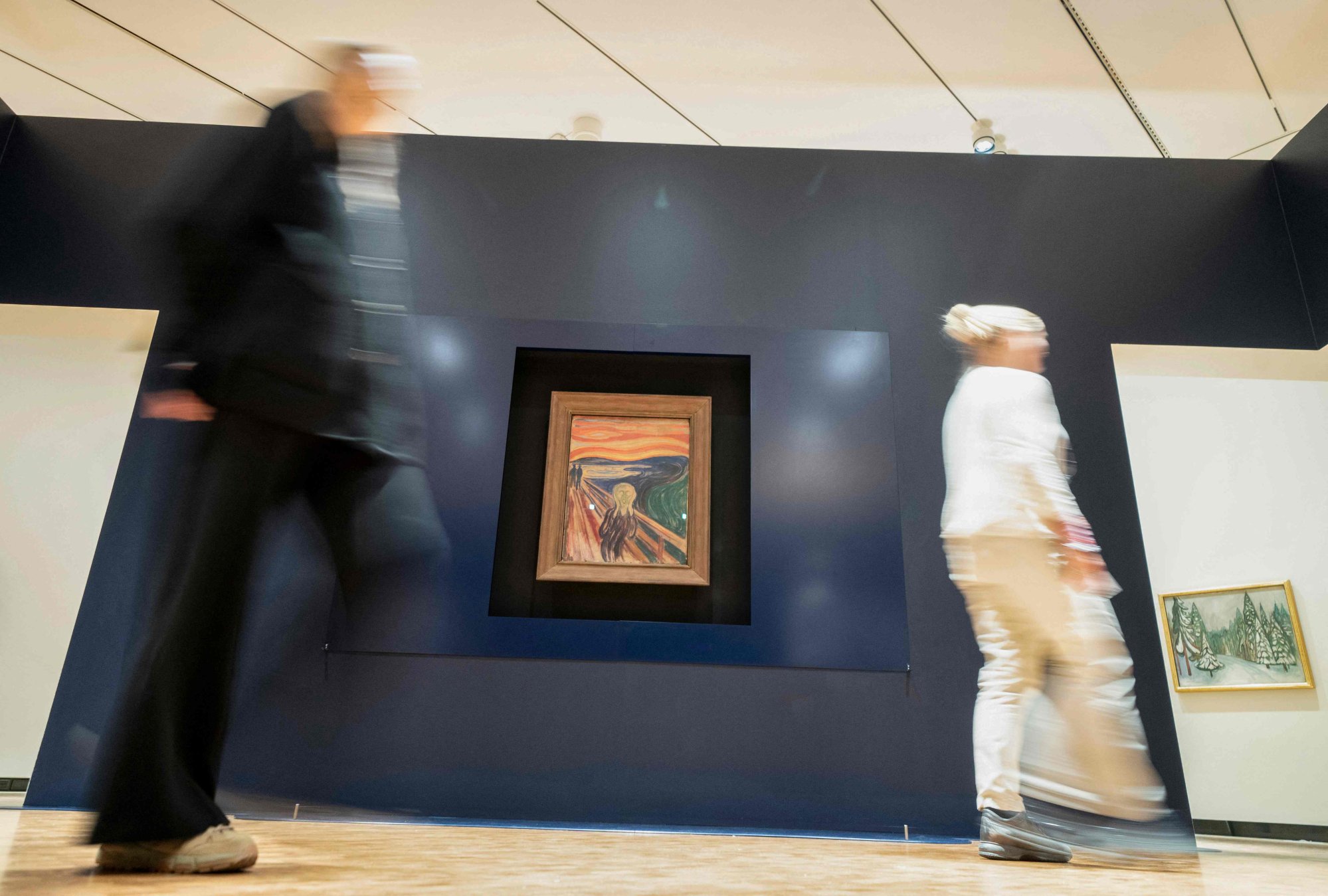

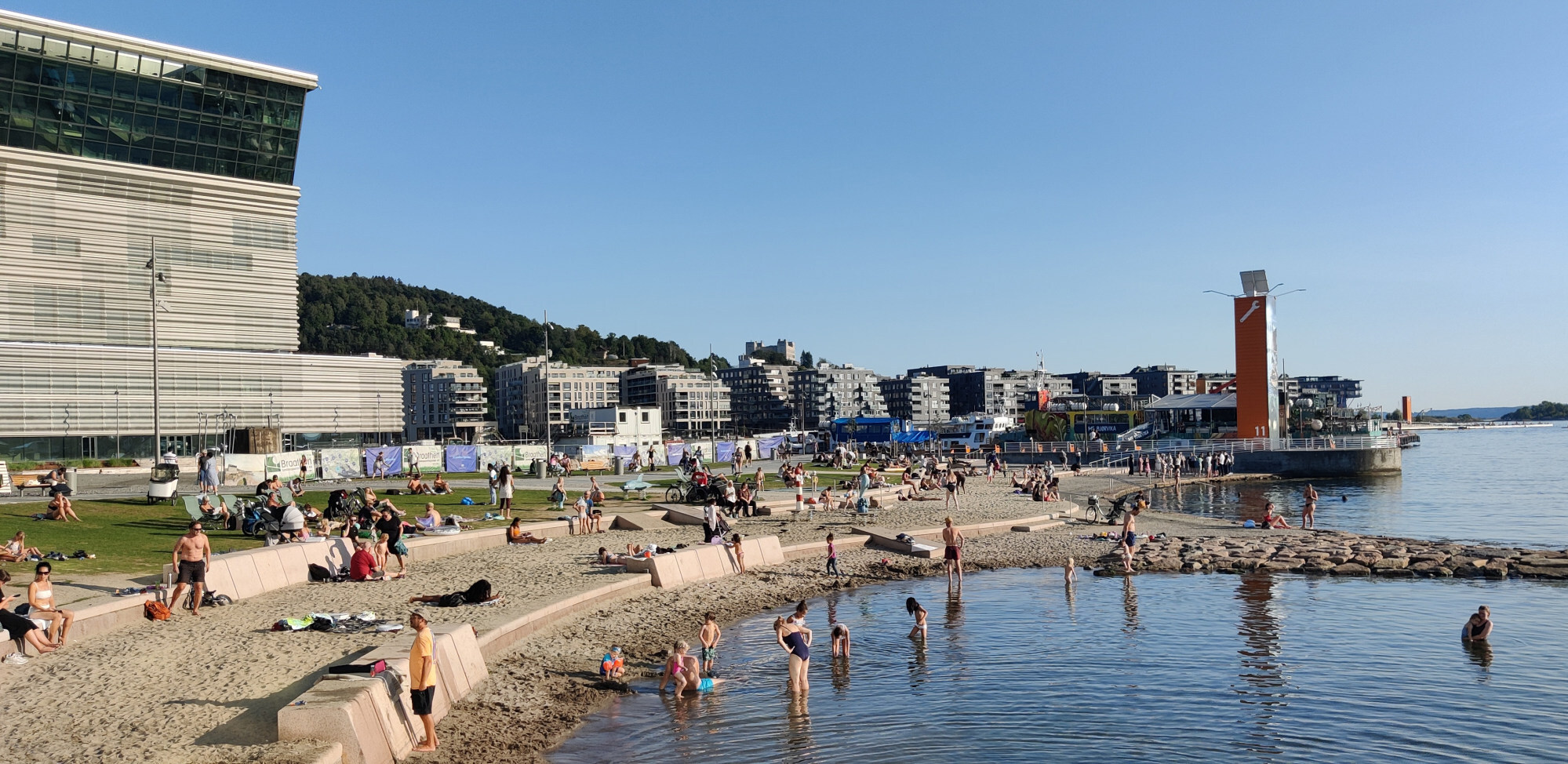
Escaping the Munch and turning inland, “Barcode” is a contemporary rhythm of hotels and corporate HQs. At the end, looking back at the Opera House and a perfect place to finish a tour of Oslo’s cultural waterside, is the Deichman Bjorvika library. It may seem an odd endpoint for our tour, but this is no ordinary library.
Everybody is allowed into the 2021 Public Library of the Year, to browse its open shelves and also listen to music, watch films, play games, or just people-watch with a cocktail. It is a library like no other, speaking to a public spirit and generosity found across Oslo – a city putting culture to the fore.











